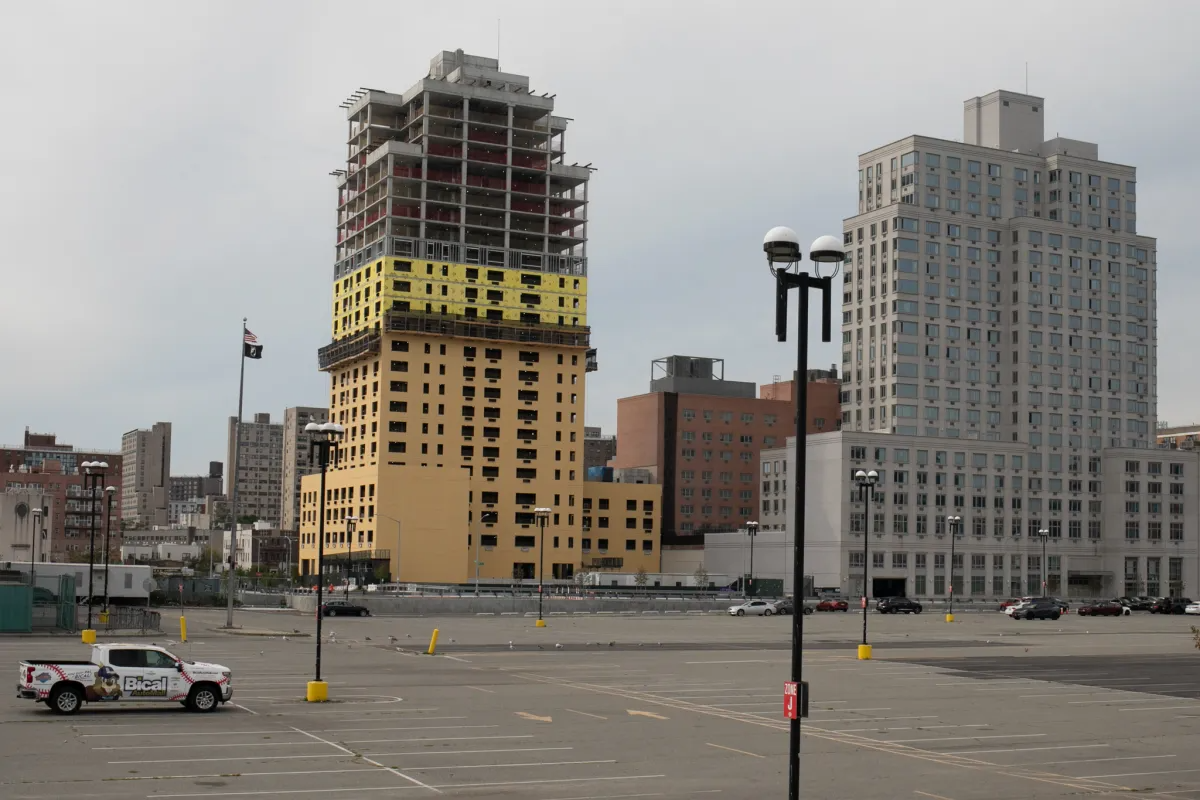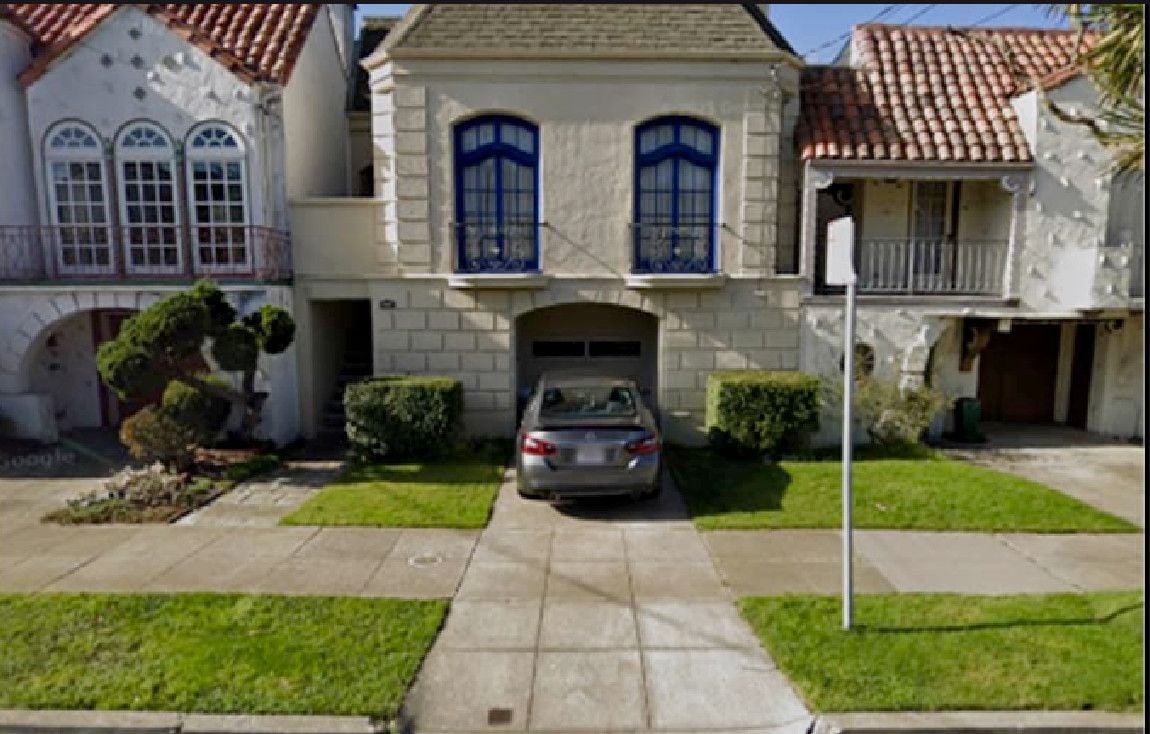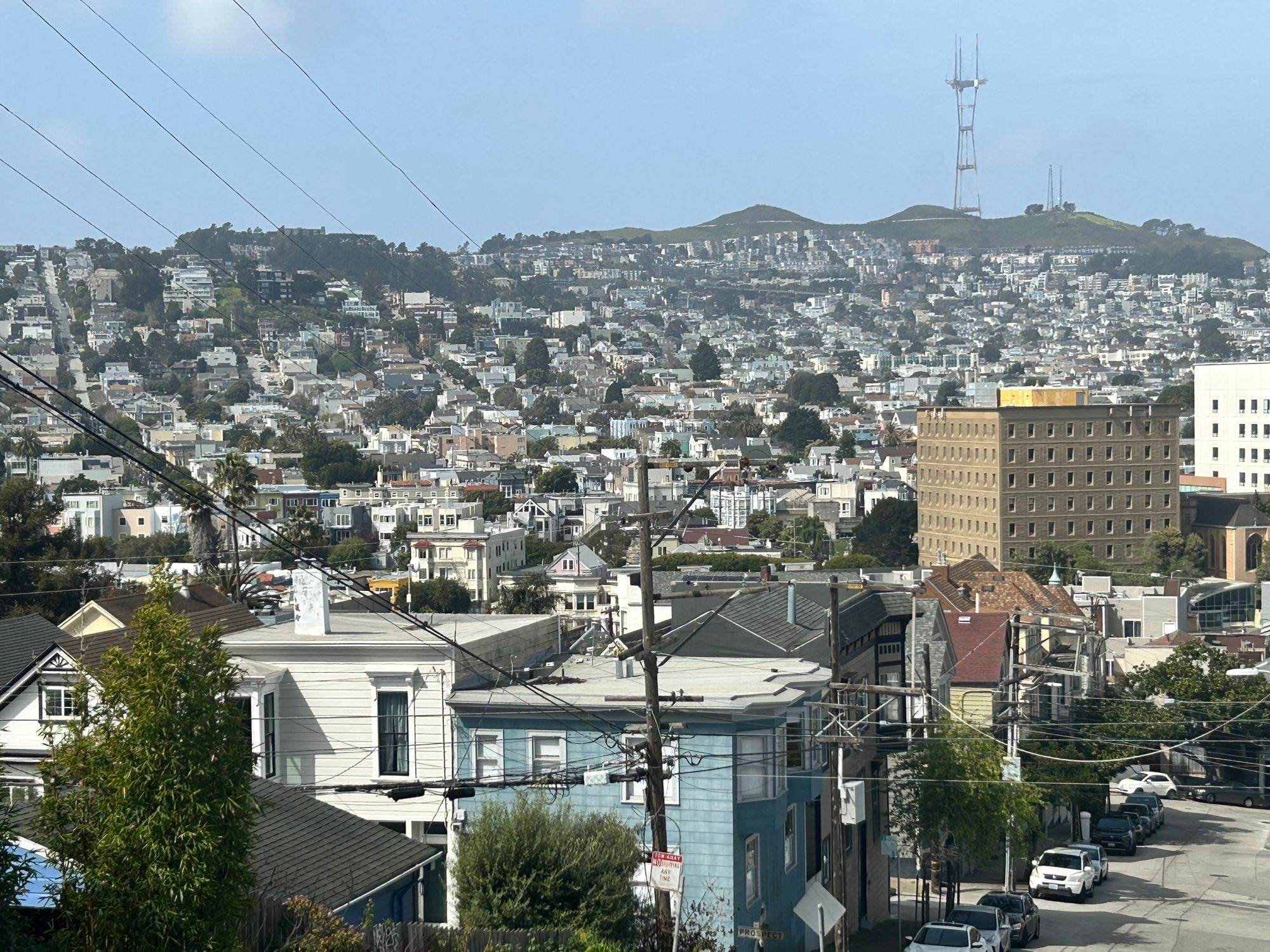#zoning-reform
#zoning-reform
[ follow ]
#affordable-housing #housing-policy #housing-affordability #housing-supply #transit-oriented-development
fromCity Limits
4 days agoOpinion: What NYC Can Learn from Grassroots Housing Movements in Other Cities
"New York City, long positioned at the forefront of housing innovation, is falling behind," the author writes. "The most effective innovations happen when residents are treated as partners with authority and vision." Across the U.S. and around the world, everyday people-tenants, workers, organizers-are transforming the future of housing in their cities and catalyzing positive change. New York City, long positioned at the forefront of housing innovation, is falling behind.
Real estate
East Bay real estate
fromsfist.com
3 weeks agoJack London Square Loosens Zoning to Attract More Businesses, and They've Already Got a Dave & Buster's Coming
Jack London Square zoning now permits local-serving businesses, replacing tourist/maritime-only restrictions to revive retail and reduce ground-floor vacancies.
fromwww.housingwire.com
1 month agoSwiftbuild.ai transforms government permitting
Swiftbuild.ai's offering comes as President Donald Trump has urged the nation's largest homebuilders to increase new housing starts. He has also called on Fannie Mae and Freddie Mac to get big homebuilders going, claiming that builders are sitting on two million empty lots. The National Association of Home Builders and several housing economists point to zoning restrictions and permitting delays as major contributors to the national housing shortage.
Real estate
New York City
fromsilive
2 months agoNYC homeowners can now legally convert attics, basements into apartments, build backyard tiny houses
New York City is accepting applications to build regulated, code-compliant ancillary dwelling units citywide to add housing, with an ADU homeowner assistance program and opposition.
fromMission Local
3 months agoYIMBY rally gets testy ahead of vote on upzoning plan
Advocacy group members and union construction workers cheerfully toted signs that read "Cities are not Museums" and "Affordable Housing Can't Wait." As they see it, the city's failure to build housing at scale for the past decades has contributed to the city's affordability crisis, and the solution is to build at scale - which the zoning plan will enable.
SF politics
fromwww.mercurynews.com
3 months agoWineries face uncertainty as Santa Clara County proposes ag rezoning
According to the county, the proposed amendments are designed to help farmers and ranchers access undeveloped and actively farmed properties in unincorporated rural areas of Santa Clara County. These properties are being advertised for home development, which in turn has inflated land values. The proposal seeks to mitigate this by updating exclusive agriculture, agricultural ranchlands, hillside and rural residential zones.
Wine
fromSFGATE
5 months agoSmarter Ways To Build: How Builders Are Using New Tech To Change the Future of Housing
Traditional construction methods are often labor-intensive, noisy, and wasteful. In contrast, ICON's 3D printing systems automate wall structure creation, improving efficiency and reducing waste.
Real estate
[ Load more ]





















